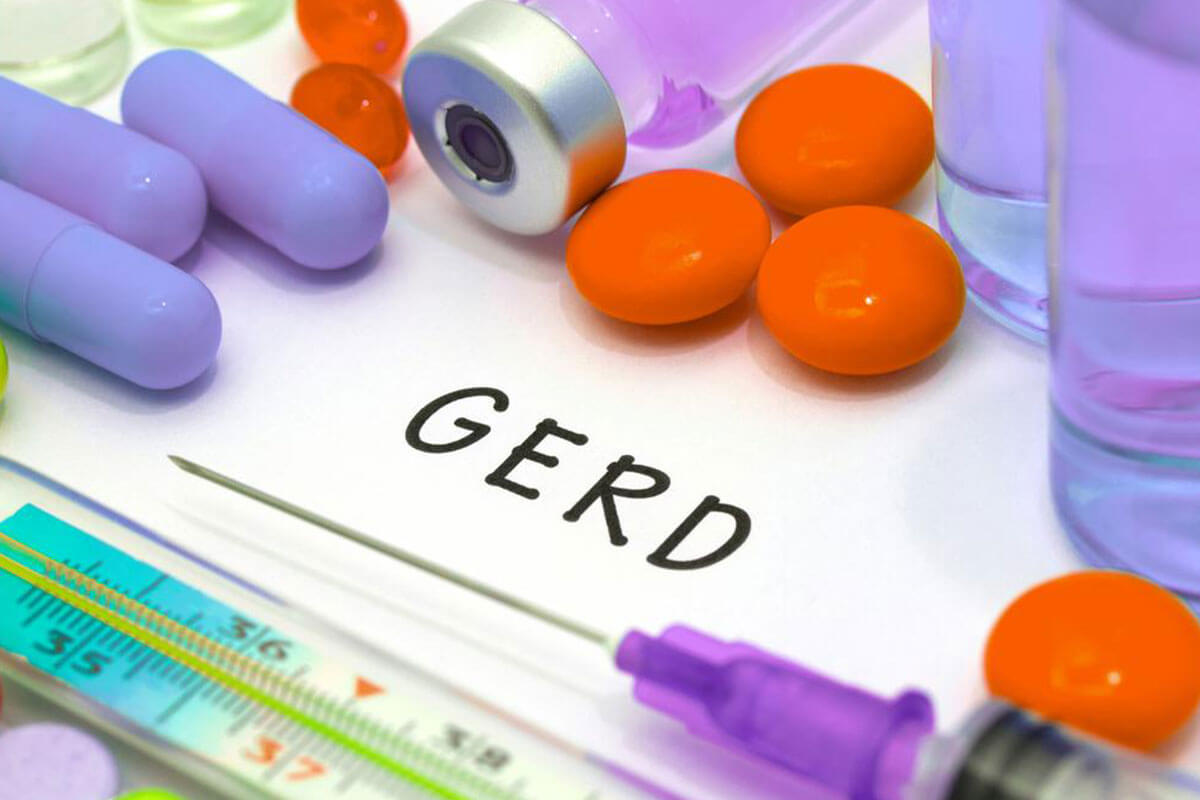Make These Simple Lifestyle Changes to Drastically Reduce your GERD Symptoms

Did you know that you can manage your GERD symptoms by making some small changes in your everyday life? Here’s what you can do.
Most of us have heard about heartburn and acid reflux, which are both common problems that people face quite often. These aren’t life-threatening conditions, but if the symptoms persist and are occurring at least twice a week interfering with your everyday life, it may have progressed to gastroesophageal reflux disease (GERD). This is a chronic disease that affects your digestive system. GERD occurs when the stomach acid (or even contents of your stomach, at times) move back up into your esophagus (food pipe) and irritate the lining. In the United States, approximately 25- 40 percent of all adults suffer from some form of GERD.
What are the usual GERD symptoms?
You may experience a number of GERD symptoms, and some of these may even be painful as the disorder interferes with the normal functioning of your digestive system. The most common symptom of this health condition is heartburn, although not everyone who has GERD experiences this symptom. Some of the GERD symptoms that you need to look out for include:
- A sensation of burning in your chest (heartburn). This can sometimes spread to your throat, and leave a sour taste in your mouth.
- Hoarseness or a sore throat, which occurs when your stomach acid enters the throat.
- Pain or discomfort in the chest
- Difficulty in swallowing (dysphagia). You may even find it troublesome to swallow things like ice cream and water.
- Dry cough that can be persistent.
- Regurgitation of food that you have eaten or sour liquid (acid reflux)
- A feeling of a lump in your throat
- This happens in people with GERD because acid reflux irritates the airways.
- An unexplained increase of saliva
- Earaches
- Bad breath
Can you control your GERD symptoms naturally?
Many people find that they can keep their GERD symptoms in control with over-the-counter medications. However, seeking medical help to treat GERD symptoms is important, as you may not be aware of some details of the disease. In addition to consulting a doctor, you can make some simple lifestyle changes that can be quite effective in reducing your GERD symptoms. Here are some tips that can help you keep your GERD symptoms in check.
- Maintain a healthy weight
Being overweight puts additional pressure on your abdomen, which in turn causes stomach acid to travel back up into your esophagus. If you weigh more than the optimum weight for your height, work towards losing a few pounds as it can be an effective way of dealing with GERD symptoms. If you are already at an ideal weight, ensure that you maintain it with the right kind of diet and regular exercise. However, remember to start out slow and keep your limits in mind. Taking help from a doctor or physical therapist to devise an ideal weight-loss plan for you is a good idea.
- Make dietary modifications
What you eat and don’t eat can have a significant effect on your GERD symptoms. Although the triggers of GERD can vary for different people, there are certain foods that you can consider reducing or eliminating from your diet to reduce GERD symptoms. Foods to avoid for people with GERD include spicy dishes, fried or fatty foods, chocolate, onion, garlic, mint, tomato sauce, aerated drinks, and alcohol. Try to include plenty of raw fruits and leafy green vegetables in your diet to battle GERD symptoms.
- Eat smaller meals
Other eating habits that can have an influence on your GERD symptoms includes the quantities of food that you consume. Taking meals after long periods of time often results in overeating. To prevent this, eat smaller meals at frequent intervals.
- Do not lie down immediately after eating
Hitting the bed right after a meal can trigger your GERD symptoms, so wait for at least 2-3 hours after you eat before lying down.
- Sleep at an inclined position
Sleeping with your head raised is another way to combat GERD symptoms, especially if you experience symptoms such as heartburn at night. You can use a wedge between your mattress and box spring to enable sleeping with your head at an incline.


